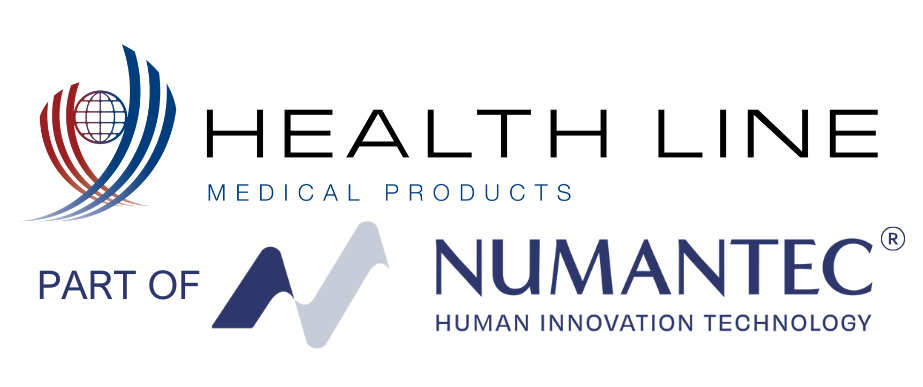Power injectability refers to the capability of certain catheters to withstand the rapid injection of contrast agents or fluids, typically used during imaging studies like computed tomography (CT) with contrast. These catheters are designed to handle high pressures up to 300 PSI, allowing for the quick administration of contrast media, resulting in clearer and faster imaging results.
Power injectability is most found in PICC lines (Peripherally Inserted Central Catheters) and Midlines catheters, though not all catheters are capable of this function.
Power-Injectable PICCs
Power-injectable PICC lines are designed for patients requiring multiple CT scans with contrast or long-term therapies. These catheters can handle larger volumes and higher pressures, making them ideal for high-acuity settings such as intensive care units.
Power-Injectable Midlines
Midlines, which are shorter catheters and do not reach central veins like PICCs, can also be power-injectable. However, not all midlines have this capability, so it’s essential to check product specifications before use.
Key Features of Power-Injectable PICCs
- High Flow Rates
Power-injectable PICCs can deliver infusions at high rates—up to 300 ml/min—using the appropriate infusion pump. This allows for:
• Rapid fluid resuscitation
• Fast administration of medications
• High-speed infusion of contrast media for imaging studies - Versatility
These catheters can serve as multipurpose central lines, capable of:
• Any type of infusion, including high-flow
• Hemodynamic monitoring and central venous pressure measurement
• High-pressure injection of contrast media for radiological procedures - Safety Features
Power-injectable PICCs are designed with safety in mind, featuring:
• Clear labeling and color-coding (often purple) to distinguish them from standard PICCs
• Maximum injection rates printed on the catheter for safety
• High-pressure resistance, up to 300 PSI, reducing the risk of catheter rupture during power injection
Key Features of Power-Injectable Midlines
- High Flow Rates
Power-injectable midlines can deliver fluids and medications at relatively high flow rates, though typically lower than those of PICCs. This feature enables:
• Effective administration of contrast media for diagnostic imaging.
• Rapid infusion of fluids for short-term therapies. - Versatility
While shorter than PICCs and not reaching central veins, power-injectable midlines are still versatile for a range of uses, including:
• Delivering moderate to high-flow infusions.
• Administering medications that do not require central access.
• Offering an alternative for patients who do not need long-term central catheterization. - Safety Features
Power-injectable midlines are designed with several safety elements:
• Clear labeling to identify them as power-injectable.
• A robust design that tolerates higher pressures, reducing the risk of rupture during power injections.
• Lower risk of complications like bloodstream infections, as they do not access central veins, making them a safer option for certain patient populations.
Explore our range of PICC Lines and Midlines catheters, customized to meet your unique requirements with a variety of configurations. Designed to satisfy the needs of both medical professionals and patients, our vascular access devices stand out as the best option. Please contact us today for more information about our products and for a custom quotation.
References
Pittiruti, M.et al., (2012, February 4) Clinical experience with power-injectable PICCs in intensive care patients. National Library of Medicine https://www.ncbi.nlm.nih.gov/pmc/articles/PMC3396261/
Swaminathan, L. et al.,(2021, Nov 29) Safety and Outcomes of Midline Catheters vs Peripherally Inserted Central Catheters for Patients With Short-term Indications https://pmc.ncbi.nlm.nih.gov/articles/PMC8630646/ Medbridge. (2024, September 9) Midline vs PICC: Which Is Best for Your Patient? https://www.medbridge.com/blog/2024/09/midline-vs-picc-which-is-best-for-your-patient/
